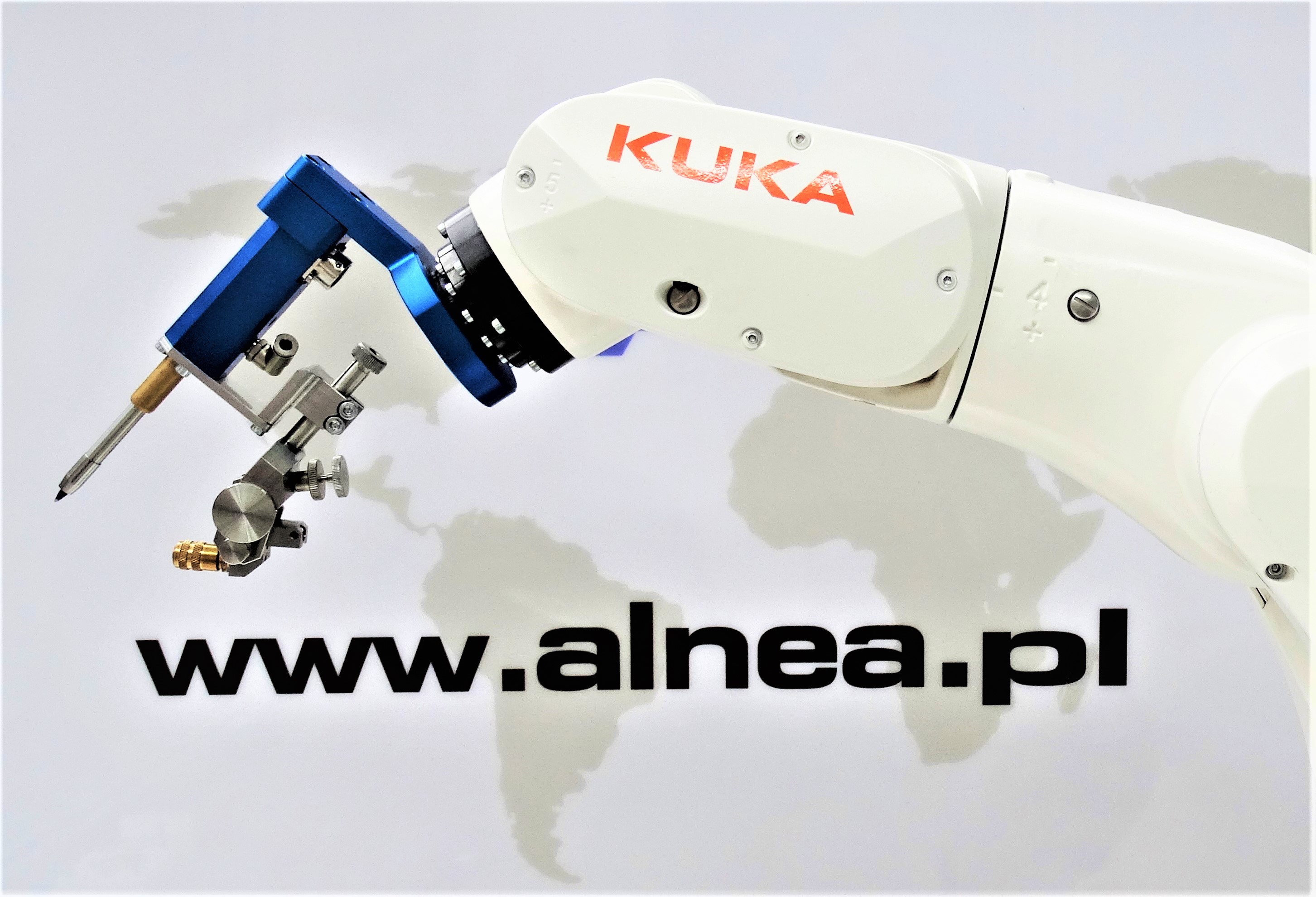We would like to thank for coorganization and presence KUKA Robotics – our partner of I-st Specialist Conference „Automation and robotization of industry”. Support of such important company is invaluable for us. Alnea has the status of Silver Systems Partner and has been cooperating with KUKA for years as specialist in the field of solutions integration. We can adapt the best applications, solutions and KUKA robots, so that our customers would receive ideally selected products that could give the best quality, utility and investment return.
A real partnership for a medal!
See how our training in Turin went!
Check out, how Alnea utilizes KUKA Cobots.

Łukasz Szczepkowski, Regional KUKA Robotics Sales Manager
Our guest was Łukasz Szczepkowski, Regional KUKA Robotics Sales Manager, who gave a lecture about really important subject: „Automation becomes easier. Examples of implementations”.
You were not there – regret it! But we have an on-line report for you!
During the presentation we saw several examples of successful implementations of KUKA robots. We were introduced to various classes of robots, which are the main point of implemented applications. Presented applications brought the customers measurable benefits, helping to save time, increase repeatability and eliminate/relieve possible station operators.
Watch the debate with Łukasz Szczepkowski
Our debate turned out to hit the bullseye. Discover answers to questions that bother companies. How robot service works? Is it true that a robot can function for 25 years?

















Recent Comments